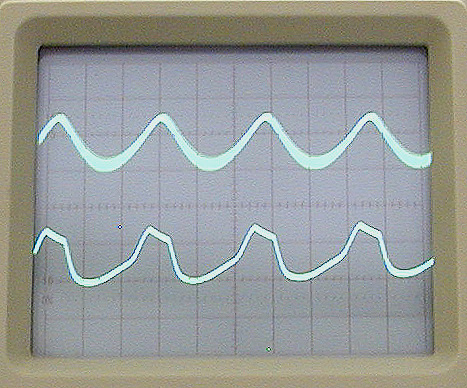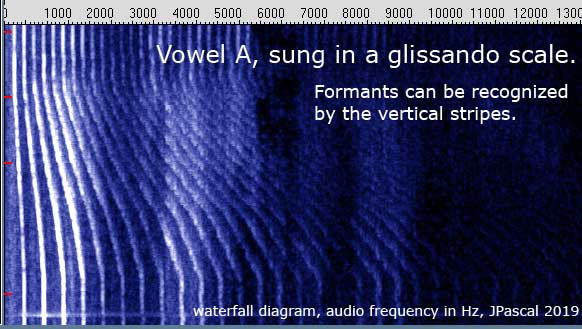This would be a great thing for a heterodyning theremin what you describe about the hammond system, Daniel.
I have only a vague idea of how the non integer overtones can be obtained by multiplying and dividing the pitch sine frequencies. Instruments like a trombone have also overtones at 1.25f, 1.5f. Theremins rather not as far as I know.
Creating integer sinusoidal overtones and adjusting their amplitudes separately is certainly a possible way. I think I red somewhere that Lev Termen experimented with it. But it could sound a bit static and equal over the pitch range, the illusion of an natural tone may be lost.



